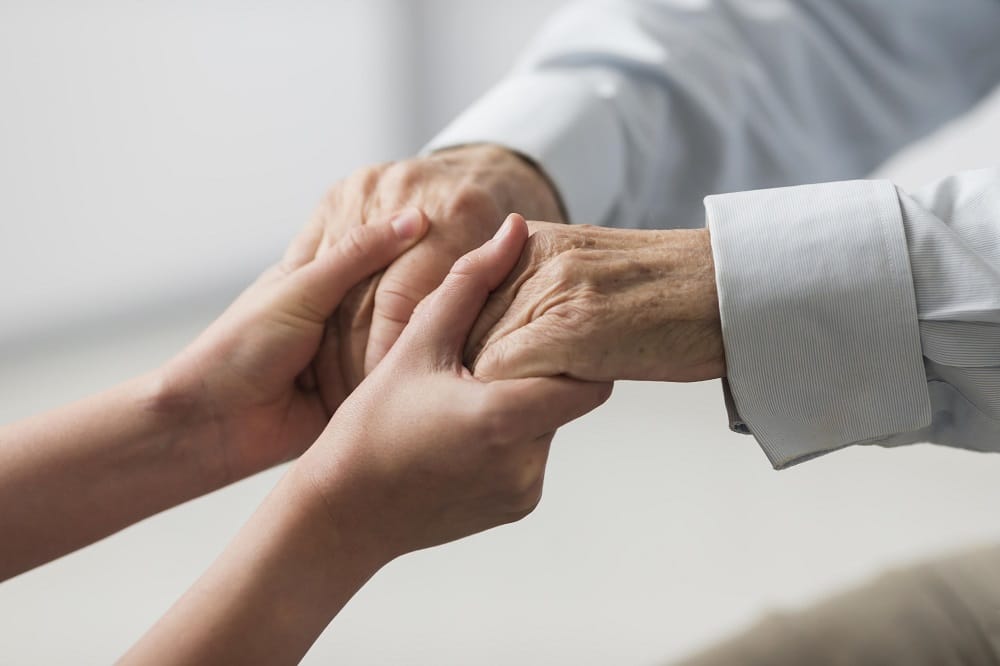Parkinson’s disease is a neurodegenerative condition that affects millions of people worldwide. Its symptoms, including tremors, muscle stiffness, and balance problems, can have a significant impact on the quality of life of those affected.
However, amidst the challenges posed by this disease, there are neurological rehabilitation programs designed to offer hope and improve the motor, cognitive, and emotional function of people with Parkinson’s.
Specific Exercise Therapy for Parkinson’s:
This program focuses on exercises specifically designed to address the motor symptoms of Parkinson’s. Patients engage in a variety of activities, including stretching, muscle strengthening exercises, balance and coordination training, tailored to their individual needs.
Exercise therapy not only helps improve mobility and physical function but can also have benefits for mental and emotional health by promoting the release of endorphins and reducing stress and anxiety.
Amplitude-Based Movement Rehabilitation Therapy:
This therapeutic approach focuses on improving the amplitude and fluidity of movement in people with Parkinson’s. It employs specific techniques such as BIG (Big Movement) and LOUD (Loud Voice) therapy to help patients overcome the rigidity and bradykinesia characteristic of the disease.
Therapy is conducted under the supervision of physiotherapists and occupational therapists specialised in Parkinson’s and may include exercises in both individual and group rehabilitation sessions.
Cognitive and Sensorial Stimulation Therapy:
Parkinson’s can affect a person’s cognitive and sensory functions, such as memory, attention, and visual and spatial perception. This program focuses on improving these functions through activities designed to stimulate the brain and maintain cognitive function.
Patients participate in games, puzzles, artistic activities, and music, which help keep the brain active and engaged. Cognitive and sensorial stimulation therapy can be conducted both individually and in group rehabilitation settings and may complement other medical treatments and therapies.
Speech and Swallowing Rehabilitation Therapy:
Parkinson’s can affect a person’s ability to speak and swallow, which can have a significant impact on their quality of life. This program focuses on improving articulation, voice, and swallowing ability through speech therapy exercises and behavior modification techniques.
Speech therapists work closely with other healthcare professionals, such as physiotherapists and dieticians, to provide comprehensive care to patients with Parkinson’s. Speech and swallowing rehabilitation therapy can help improve communication and feeding, enabling patients to maintain their independence and quality of life.
Psychological and Emotional Support Therapy:
Parkinson’s can have a significant impact on a person’s mental and emotional health, causing anxiety, depression, and stress. This program focuses on providing psychological and emotional support to patients and their families, helping them cope with the emotional challenges associated with the disease.
It includes individual and group therapy, counseling in coping techniques, and education about Parkinson’s and its emotional effects. Psychological and emotional support therapy can help patients adapt to changes in their lives and find healthy ways to manage stress and anxiety.
Leave us your data to start your treatment







